XYCOM XVME-113
🖥️ Module Overview & Key Specifications
The XVME-113 is described as a RAM/ROM memory module designed for VME bus systems. Here is a summary of its key features:
| Feature | Specification |
|---|---|
| Module Type | RAM/ROM Memory Module |
| Form Factor | Dual-high (6U), VME bus compatible |
| Primary Function | Provides expanded memory capacity for VME bus systems |
| Memory Capacity | Up to 12 MB of RAM, 24 MB of EPROM, or 12 MB of Flash/EEPROM |
| Memory Slots | 24 slots for 32-pin memory devices |
| Memory Banks | Two independent, configurable banks |
| Supported Memory | RAM, CMOS RAM, Flash Memory, EEPROM |
| Additional Features | Real-time clock, Battery backup for CMOS memory, Power-down protection circuit |
⚠️ Important Considerations Regarding the Information
Please be aware of the following limitations when using this information:
-
Dated Information Source: The webpage containing these specifications was published in 2014 and describes the product as available from a distributor, not the original manufacturer. Technical data sheets from this source may be outdated.
-
Lack of Detailed Technical Data: The specifications above are a general overview. Crufficial technical details for integration and operation—such as voltage requirements, timing diagrams, pinout configurations, and detailed register descriptions—are missing from the search results.
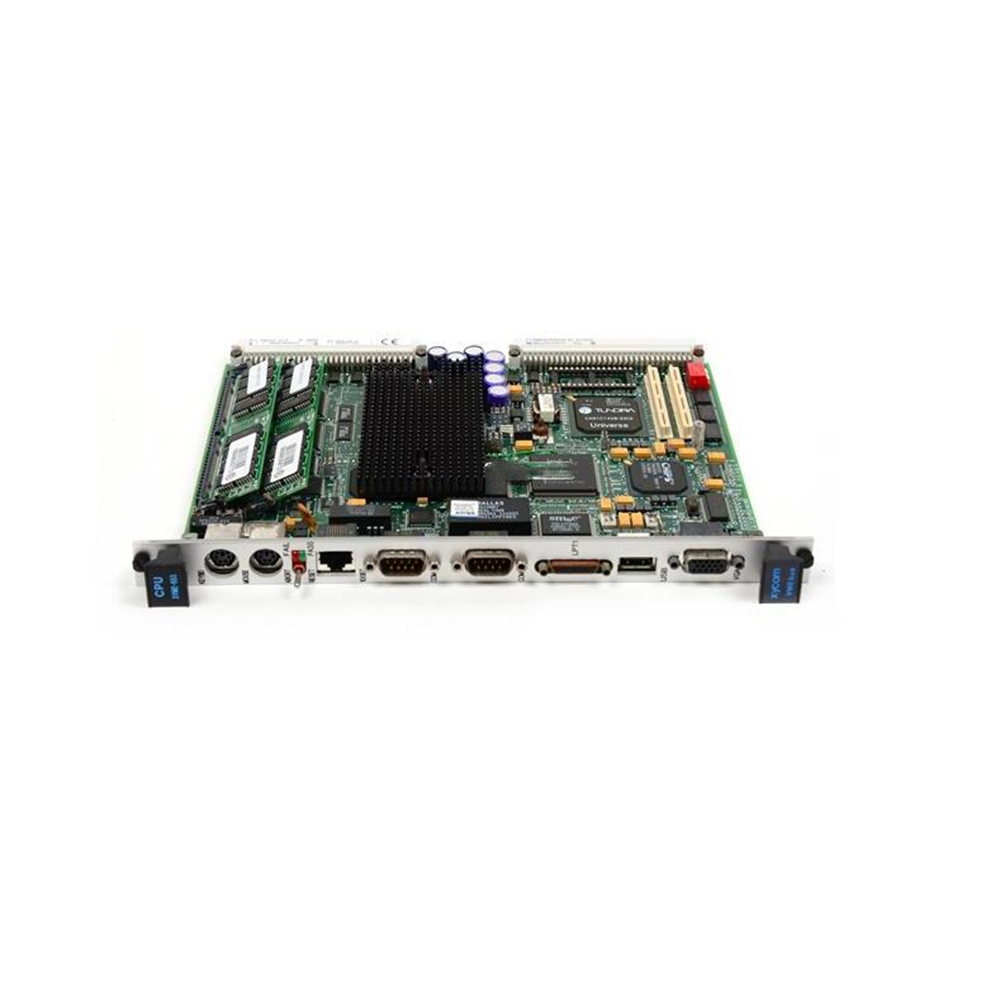
ABB Allen-Bradley Alstom Bently Emerson Foxboro
GE MOOG Schneider Woodward HIMA Honeywell
ABB 5SHY series hot selling//large inventory//brand new//affordable price
First hand source, affordable price. Spot inventory!
•Shipping Port: Xiamen
•E-mail: sales7@saulplc.com
•Tel: + 86-15359273796(WhatsApp)
•Ship to you via Fedex/DHL/TNT/UPS/EMS
•Package: Original packing with cartons

More brands//More models//Hot selling inventory//Welcome to inquire
| ABB | GE Fanuc | Triconex | Bently |
| 3BHB004661R0101 | IC693CHS397 | DS200SLCCG1AEE | 8851-LC-MT |
| 3BHB000652R0101 | IC693MDL753 | DS200SLCCG1ACC | 8851-LC-MT |
| 3BHB000272R0101 | IC693ALG442 | DS200SIOCG1A | 8811-IO-DC-01 |
| 3BHE006805R0001 | IC693BEM321 | DS200SIOBH1ABA | 8810-HI-TX-01 |
| 3BHE004468R0021 | IC693MDL752 | DS200SHVMG1AFE | 8750-CA-NS |
| 3BHE010751R0101 | IC693MDL646 | DS200SHVMG1AED | 8709-CA-08 |
| 3BHE009017R0101 | IC693MDL741C | DS200SHVMG1ACC | 8611-FT-FU |
| HIEE300936R0101 | IC693ACC310 | DS200SHVIG1BGD | 8607ERL |
What Is a Distributed Control System (DCS)? A Complete Guide
A Distributed Control System (DCS) is a sophisticated automated control system that uses a network of interconnected controllers, sensors, and computers to manage complex industrial processes.
How Does a Distributed Control System Work?
A DCS integrates several key components that work in unison to monitor and control industrial operations in real time. Here’s a breakdown of its core elements:
1️⃣ Controllers (The “Brain”)
Controllers process input data from sensors using predefined logic and algorithms. They send output commands to actuators to maintain process variables within desired limits, ensuring stable and efficient operation.
2️⃣ Sensors (The “Eyes and Ears”)
Sensors measure vital process parameters—including temperature, pressure, flow rate, and level—and provide continuous real-time data to the controllers.
3️⃣ Actuators (The “Muscles”)
Actuators carry out physical adjustments based on commands from the controllers. Common actions include opening or closing valves, starting or stopping motors, and regulating equipment.
4️⃣ Operator Stations (HMI – Human-Machine Interface)
These stations provide a graphical user interface (GUI) that allows operators to visualize the entire process, adjust setpoints, respond to alarms, and optimize performance.
5️⃣ Communication Network (The “Nervous System”)
A high-speed data network connects all components of the DCS, enabling seamless communication and coordination across different areas of a facility, even over large distances.
Key Advantages of Using a Distributed Control System
- Decentralized Architecture: By distributing control tasks, a DCS minimizes the impact of a single point of failure, increasing system resilience.
- Scalability and Flexibility: It allows easy expansion or modification of control loops and processes without disrupting existing operations.
- High Availability and Redundancy: Built-in redundancy in controllers, networks, and power supplies ensures uninterrupted operation, essential for critical processes.
- Enhanced Process Efficiency: Optimizes control loops, reduces energy consumption, improves product quality, and decreases operational waste.
- Integrated Data Management: Provides real-time analytics, historical trending, and reporting capabilities for better decision-making.
DCS vs. PLC vs. SCADA: What’s the Difference?
While DCS, PLC (Programmable Logic Controller), and SCADA (Supervisory Control and Data Acquisition) systems are all used in industrial automation, they serve different purposes:
- A DCS is ideal for complex processes requiring high reliability and coordinated control over a large area.
- A PLC is typically used for discrete control tasks such as assembly lines or machinery.
- SCADA focuses on supervisory-level monitoring and data gathering across geographically dispersed assets.
In many modern installations, DCS and SCADA functionalities are integrated to leverage the strengths of both systems.
Applications of Distributed Control Systems
DCS technology is widely applied in industries such as:
- Oil & Gas Refining
- Power Generation
- Chemical and Pharmaceutical Manufacturing
- Water and Wastewater Treatment
- Food and Beverage Processing
Conclusion
A Distributed Control System (DCS) offers a robust, scalable, and efficient solution for managing complex industrial processes. Its distributed nature not only enhances reliability and safety but also supports continuous operational improvement through integrated monitoring and control. Industries relying on precision, safety, and uptime continue to adopt and evolve DCS technology for smarter automation.
Optimization Notes:
- ✅ Target keywords included: Distributed Control System, DCS, industrial automation, process control, sensors and actuators, HMI, SCADA vs. DCS.
- ✅ Structured with clear headings and bullet points for readability.
- ✅ Content is comprehensive and answers likely user queries.
- ✅ Includes related terms like PLC and SCADA for context and SEO relevance.

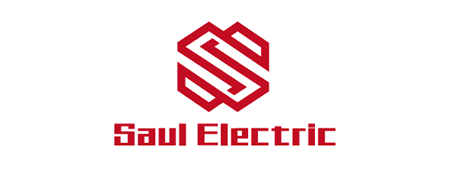
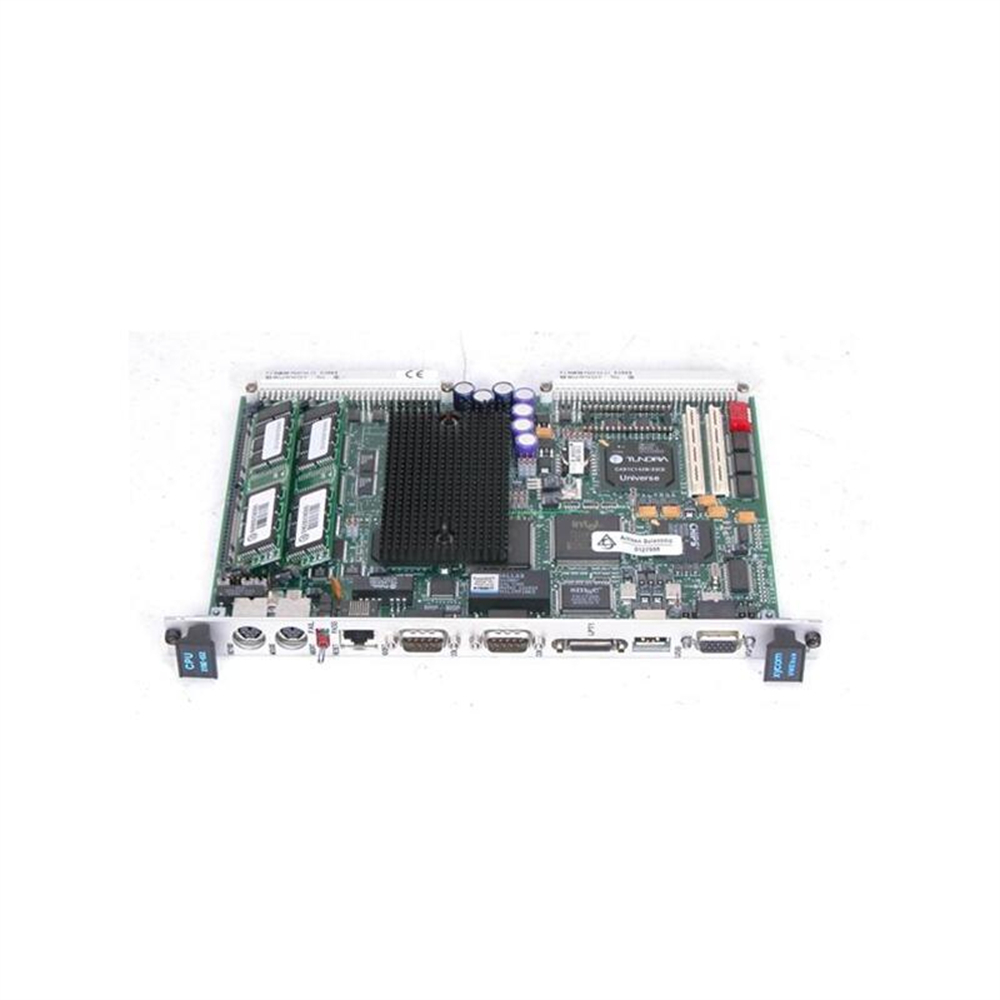

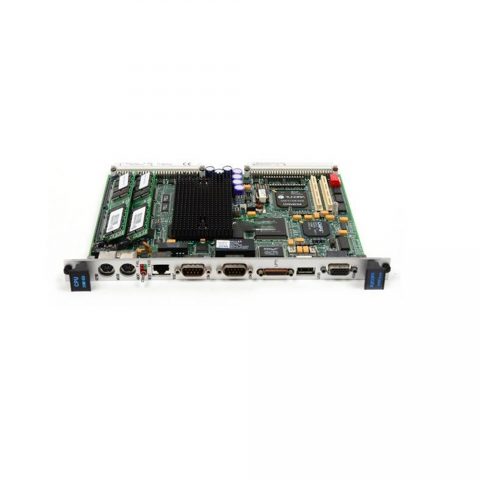
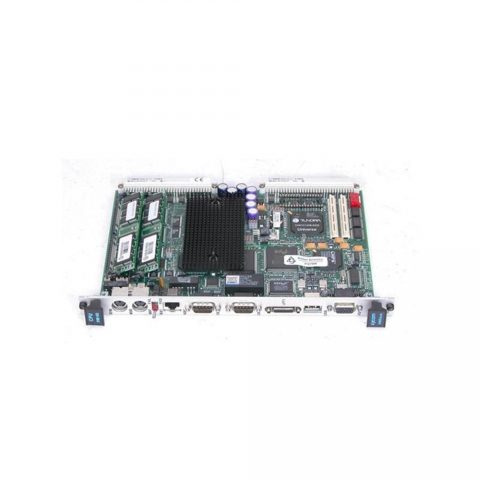
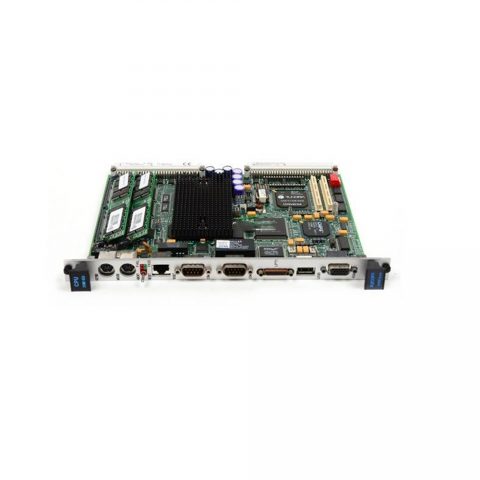
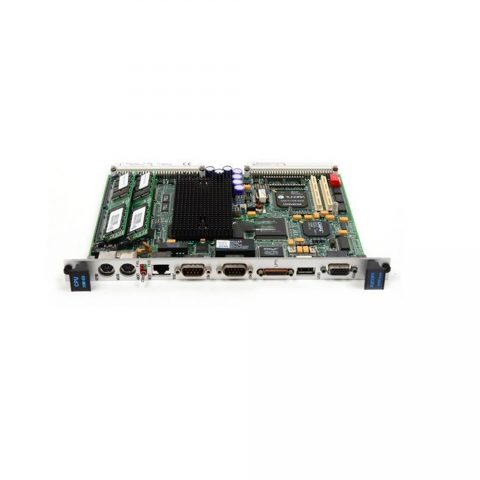
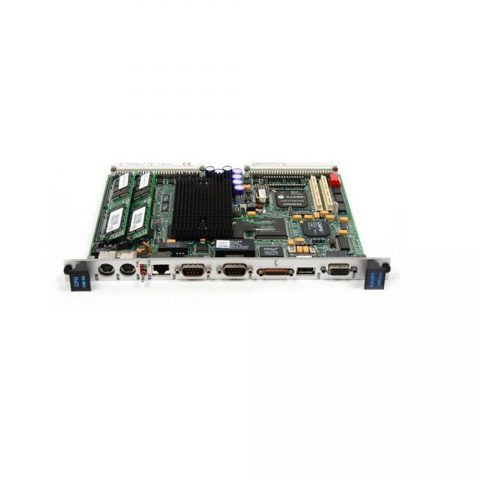
There are no reviews yet.